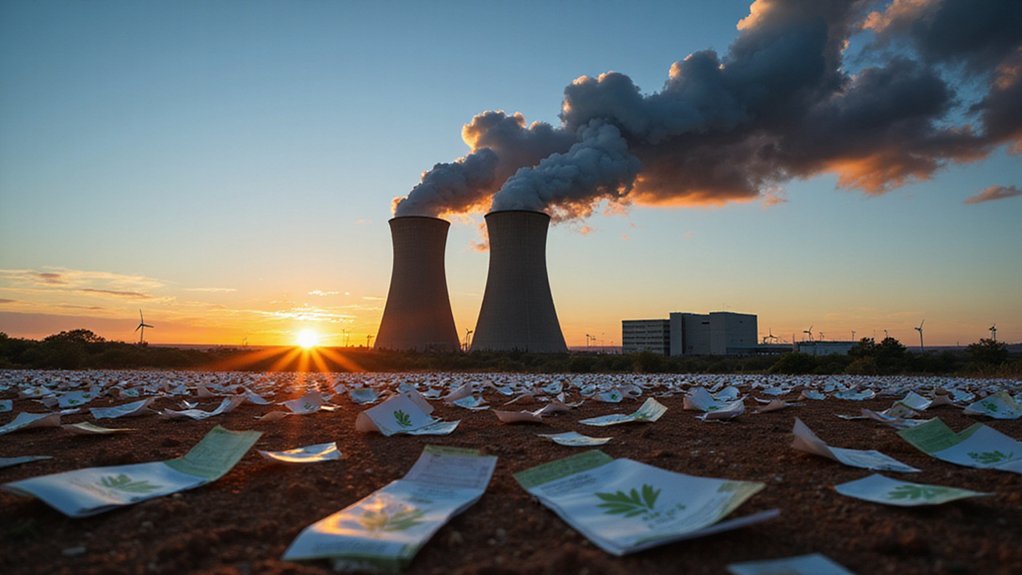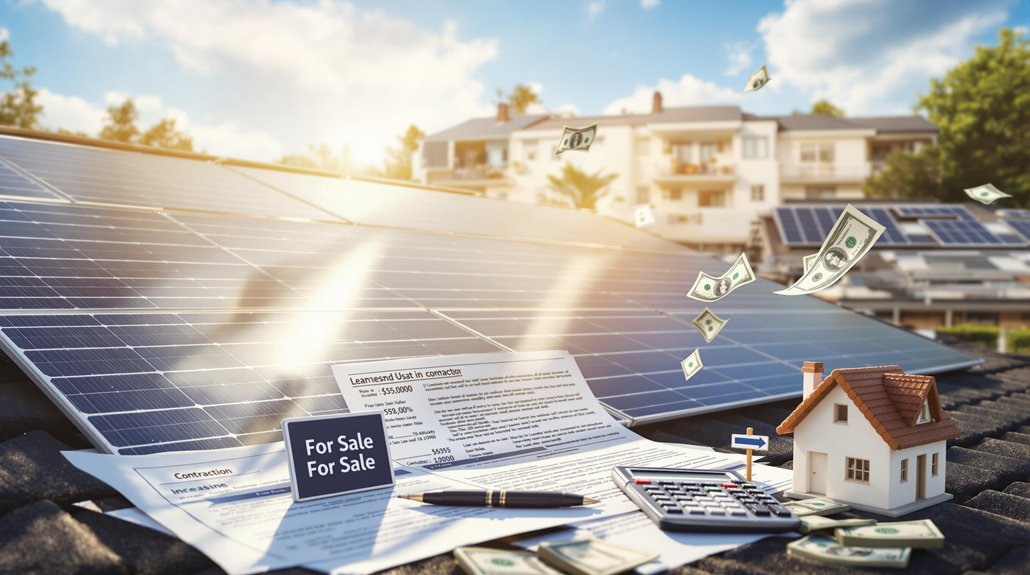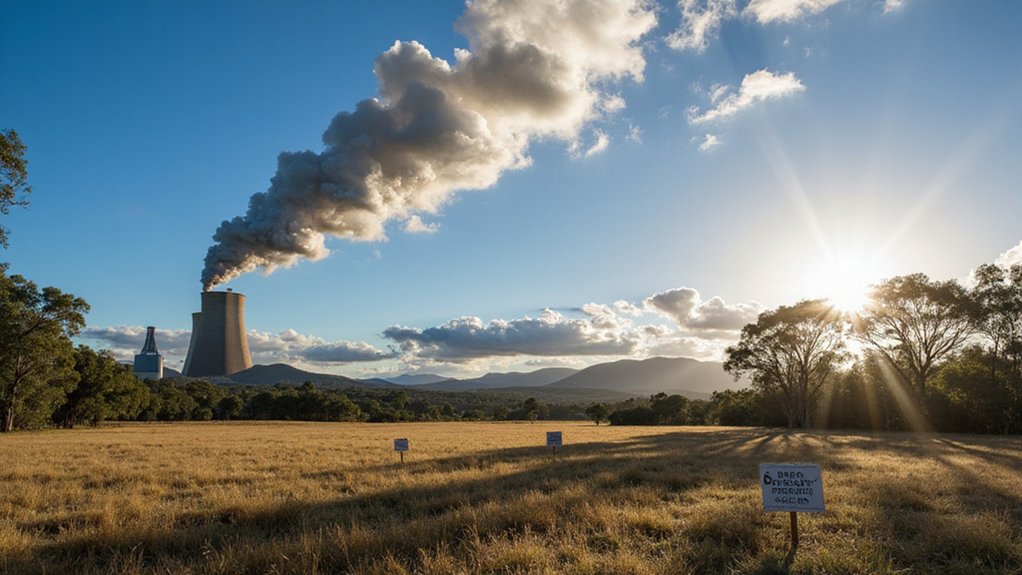Green credit markets face a defining moment as climate deadlines approach. Carbon credits, now a trillion-dollar global industry, need stronger rules to work properly. Recent drops in sustainable bonds and upcoming refinancing hurdles test the market’s strength. New companies and government programs must navigate these challenges carefully. The stakes couldn’t be higher as the world watches to see if green finance can deliver on its promises.
As global economies shift toward sustainable finance, green credit markets are experiencing unprecedented growth. The total amount of green, social, and sustainability debt reached $1.1 trillion in 2024. This brings the total volume to $5.7 trillion over time. Green bonds alone are expected to reach nearly $600 billion in 2025.
Carbon credits now exceed $1 trillion globally, though voluntary credits make up less than $1 billion of this total. Markets are also expanding beyond carbon. New credits for water and biodiversity are gaining attention from both investors and regulators. These markets remain small, with voluntary nature credit markets limited to just a few million dollars. Organizations that incorporate carbon credit purchasing into their sustainability strategies typically decarbonize twice as fast as those that do not.
Lower interest rates are helping these markets grow, especially in Europe. The European Central Bank‘s rate cuts have created a supportive environment for green bonds. Companies with strong finances are finding it easier to issue green debt. Meanwhile, the US market faces more uncertainty, which has slowed its growth compared to Europe.
New players are entering the green credit space. Insurance companies are expected to take on bigger roles after COP29. Governments are also getting more involved. India is launching a Green Credit Programme, Australia is creating a Nature Repair Market, and the EU is developing nature markets to support its Nature Restoration Law.
Despite this growth, challenges remain. The market’s growth rate may plateau in 2025. Green bonds notably outperformed conventional bonds by nearly 2% last year, creating attractive investment opportunities. A “maturity wall” in 2025-2026 means many existing bonds will need refinancing. Inconsistent standards and market fragmentation make it hard for investors to feel confident. Despite a recent 15% decline in new sustainable bond issuance in early 2025, the market has shown remarkable resilience.
Governments are working to solve these problems by updating regulations and creating clearer definitions for green investments. Most experts agree that voluntary actions alone won’t be enough to close the global sustainability financing gap. Regulatory support will be essential for these markets to reach their full potential and deliver meaningful environmental benefits.
References
- https://www.environmental-finance.com/content/the-green-bond-hub/2025-a-tough-challenge-for-the-sustainable-bond-market.html
- https://www.axa-im.com/sustainability/insights/good-bad-opportunities-green-bonds-2025
- https://www.climatebonds.net/resources/press-releases/2025/01/climate-bonds-publishes-provisional-2024-numbers-and-key-factors
- https://www.weforum.org/stories/2025/01/how-credit-markets-are-evolving-in-climate-and-nature-finance/
- https://www.responsibleinvestment.org/events-news/item/the-good-the-bad-the-opportunities-green-bonds-in-2025









